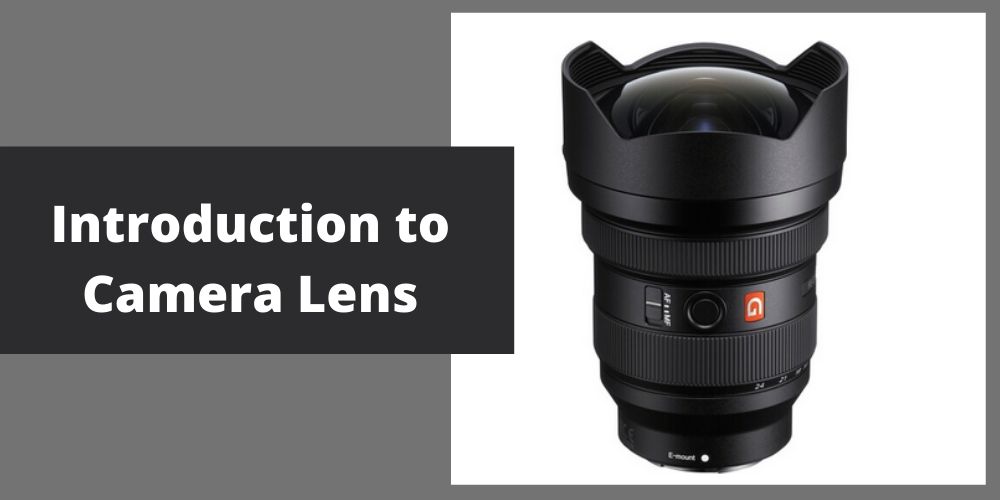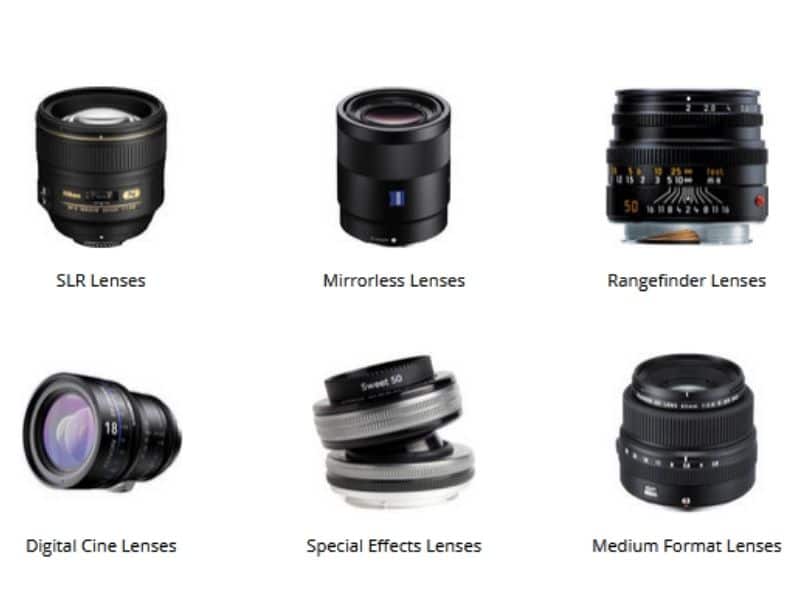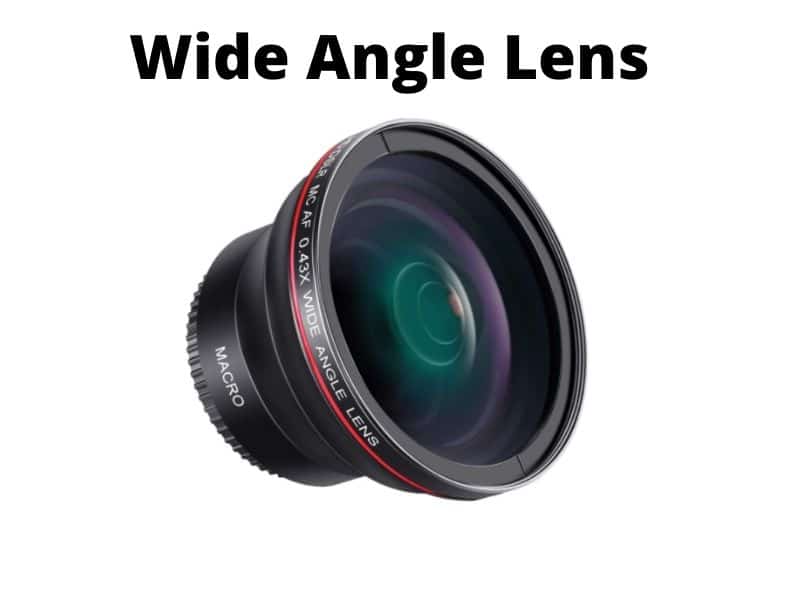As an Amazon Associate I earn from qualifying purchases.
The camera was one of the greatest innovations that mankind has ever made. Since the past centuries, we have been able to do capture moments with just a click. Whether it’s a white veil occasion or the first time you ever experienced something, capturing these moments by taking a picture makes it possible for us to hold onto these memories vividly. However, none of it would have been possible without camera lenses.

The camera lens is an important feature that helps in taking pictures in HD quality. Without these lenses, using a camera would be of no use. Hence, it plays a very vital role in the fields of photography. There’s not a single photographer to ever walk on earth without having the knowledge about camera lenses. A lot of credit for a magnificent photograph goes to the camera lenses as much as it goes to a photographer for skillfully capturing it with the help of a good quality camera lens.
It is believed by many professional photographers that high-quality lenses are the main reason why they are able to make such wonderful photography or videography. You can capture the best quality images with a cheap camera with a high lens. On the other hand, you can ruin your photos even when capturing images on a very expensive camera with a low-quality camera lens. So it is important that you understand the anatomy of a camera lens and how it all works before throwing your money on them.
Therefore, if you are ever looking up to photography or ever felt curious about it, learning about lenses is crucial. Have you ever wondered how these lenses ever work or what these camera lenses really are?
You’re just about a few reads away from getting a clearer view of Camera Lenses and how these lenses work and what these are for. Stay tuned till the end to find out.
Contents
What is a Camera lens?
Even though by the term lens, we often understand that these are transparent optical tissue in the eye, which helps us our eyes to focus on visions. The word lens itself means a transparent material that bends for dispersing light rays. Lenses can be found in magnifying glasses, cameras, the human eye, and telescopes.
Well, did you know that cameras have lenses too?
Camera lenses are tools that are used in taking pictures. It is the part where light travels onto the surface, which helps in recording the image. Also It helps in filtering the image and blurs out or eliminates unnecessary focus around the subject and fixes a focal point while capturing a photograph. It is a piece of glass that is bent or curved which helps in focusing and zooming onto objects easier when you are taking a picture. The outwardly bent portion of the camera lens is called convex and the inwardly curved potion is called concave.
Camera Lenses or Photographic lenses are an assembly of an optical lens that is used to create a fixed focal point in terms of not only taking pictures but also videos. However, the details and the structure may not be the same in terms of a still camera and a video camera but the function is very much the same. Lenses can either be permanently fixed or substitutable with many other lenses that have different levels of focal lengths or other properties. There is no core evidence that a still photography camera lens has the same focal length and lens ratio than those of a videography camera lens. However. So when you are buying a camera lens, you assured that you know are not falling for something that will not benefit you.
Characteristics of Camera Lens
Earlier, we have discussed the camera lens itself and learned the functions of a camera lens. Therefore, you may have come across many difficult terms and slangs which are generally used by professional photographers. On this topic, we are going to discuss the general characteristics of the lens used in photography. These characteristics are many of the variety of other factors that determine how your lenses are going to affect the quality and the look of your final photograph. These will help you understand lenses better, therefore helping you make the right decisions for photography needs.
What is Focal Length?
A focal point is one of the primary characteristics of a camera lens that you need to learn about to understand camera lenses. The focal length is the distance between the optical center of the lens and the sensor plane. The focal length is used to measure the distance between the subjects of the image to the lens. This may sound a bit confusing at first. To fully understand the concept of Focal Length, you need to know about FOV or Field Of View and Optical Centre first before anything else. The focal length is measured in millimeters especially on DSLR’s interchangeable camera lenses. The measurements of the focal length and the size of the adaptor rings are usually displayed or printed out on the lens barrel.
What is Optical Centre?
Optical Centre is usually the point within the lens where the rays of light from different sources or positions enter the lens and are assumed to incline into one another.
What is FOV or Field of View?
The angle of view or Field of view or FOV is usually a term that is used to demonstrate a certain point of view that is seen through a certain angle or position. Similarly, every lens contains a field of view. The shorter the focal length of the lens, the wider the view but the image quality would decrease. Contrariwise, a longer focal length will always produce a shorter FOV or field of view but will result in High Definition quality images.
What is Aperture?
Aperture is the opening of the lens which lets light pass through it. In simple words, the opening and closing of the lens are called aperture and it comes in different sizes. Aperture is expressed in f-stops. The aperture with the most width has the smallest number and the aperture with least width has the biggest number. Such as the F1. A will allow more light to pass through it than those of an F.22. It also affects the depth of field in an image. The ones with bigger openings can make most of the image on focus. While the smaller ones will be able to make a particular object eye-catching.
What is Lens Ratio?
Every camera has a lens barrel where the lens ratio is going to be printed on, such as 1:2.8, 1:2.8-4 etc. These are the maximum aperture of lenses. As we know already that apertures determine how much light the lens will transmit to the image sensor.
The lowest maximum aperture number will designate the quality of the lens in terms of brightness. A lens that is of higher quality would more likely deliver a perpetual f-stop through the focal range. For example F/ 2.8 at 35mm and f/ 2.8 at 80 mm.
On the other side of the spectrum, a lens that is of lower quality would have an f-stop that would vary as you go up the focal range chart. For example, f/3.5 at 28mm but here at, f/5.6 at 80 mm, you are more likely to lose at least one of the stops as you zoom through the objects.
Lenses with a lower f-number are also known as wide maximum aperture and prove as a better quality lens while allowing you to click better quality images with it. Such if you are willing to take photos in the dark then such lens will provide you a higher quality exposure with the maximum quality. It is good for you to note that any lens that is f/2.8 or lower is considered to a professional lens and is the first choice for many professional photographers. These lenses are also known to be a bit on the pricey side.
Types of lenses
Previously, we got to know the terminologies and the characteristics that are labeled as factors that affect the image’s appearance when bursting a shot. Based on those characteristics and factors we will be discussing the types of lenses that are out there for you to use. Depending on the type of photograph you’re trying to take, these lenses can be of great use. Every professional photographer has at least more than 3 of these lenses.
Generally when speaking of lenses, there usually 2 main types of lenses and those are Prime Lens and Zoom lens. The differences between these lenses lie in their focal length. The Zoom lens contains a range of focal lengths while the prime lenses have only one focal length.
For a better understanding, lenses that have two focal lengths mentioned are considered Zoom lens, such as:
- 70 – 200 mm
- 18- 55mm
- 70 – 300mm
If the lenses contain only one focal length mentioned then these are better known as Prime Lenses. These lenses do not have any ranges unlike Zoom lenses. Therefore, these are identified as Prime Lenses. The focal lengths of these lenses are fixed such as:
- 24mm
- 35mm
- 50mm
- 85mm
- 100mm
Now, based on these two types there’s a different type of categorization of lenses depending on their usage and needs. These lenses are labeled keeping Focal Length as a major factor. These lenses are either prime lens or zoom lens depending on their types and focal lengths. You can find these in 2 versions. One in prime lens and another in Zoom lens. Depending on your photography needs, you can pick out any of these and utilize them in the right way. So let’s find out about these lenses.
Standard lens: An average human being can see up to 50MM through a field of view. This is why a lens that is of 50 mm is usually known as the average ratio of lens. These lenses have a fixed focal length such as 50 mm, 85 mm and 100mm. Standard lenses will produce somewhat accurate images of which the naked human eye can see in terms of point of view and angle of view. A full frame DSLR of 35mm camera and a full frame DSLR that contains lenses of 50mm are considered standard.
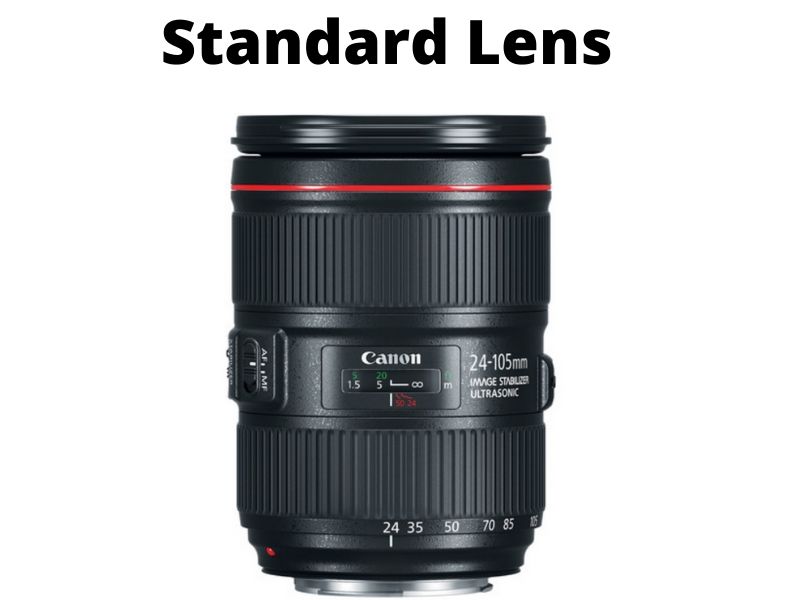
Telephoto lens: Telephoto lenses usually carry a focal length of 100-800mm. These lenses provide you with a narrow FOV or field of view. These lenses are wonderful for compressing the distance and helps you focus on certain objects from far off.
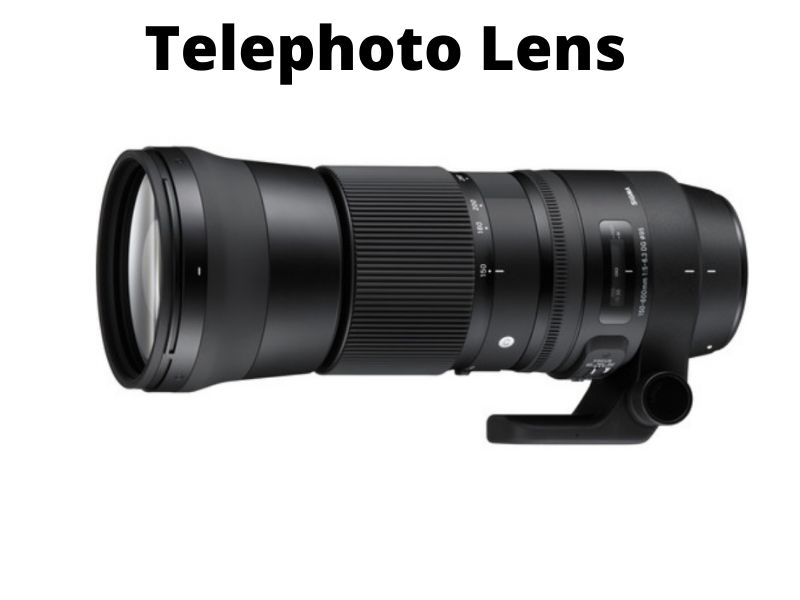
Wide Angle Lenses: On the other hand, lenses that contain the shorter focal length such as 10 thru 42 mm, compared to the standard lenses, are considered wide angle lens. The FOV ( Field of View) rises as the ratio of lenses of the focal length drops below 50 mm such as 35 mm, 24 mm, 18 mm or even 15 mm. Lenses that are lesser than 50 mm are called wide angle lens. These lenses will help you take a picture that has a wider angle of view compared to other lenses. These are excellent for taking group portraits, outdoor landscapes, and places. These lenses are very useful in terms of wildlife, portraits, sports, and documentary sort of photography.
Fish Eye lens: Some lenses can even enable you to capture a width of 180 degrees because of the bigger ratio of FOV (field of view) within them. Thttps://amzn.to/3b7NXuRhese lens are also known as fish eye lenses. Fish eye lenses are a specialized version of wide angle lens that known to provide images with the extreme width. So much, that it changes the straight lines on the image into curves. These lenses provide curvature photographs where the straight lines are bent into convex, circular, or even oval while it disrupts the point of view and creates a 180 degree image. The focal length in these lenses vary from 7 to 16 mm.
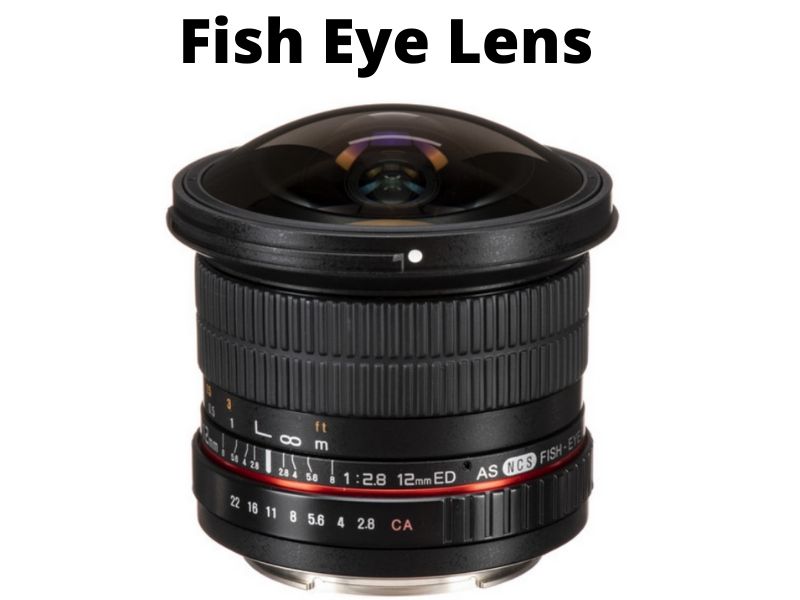
Things to consider when buying a camera lens
Buying a Camera lens can get you as much as anxious when you’re buying an actual camera. A lot of things are varied in terms of buying a camera lens such as usage, budget, compatibility, etc. So give this a read and you shall able to find out what the things that you need to know before stepping into buying a camera lens.
Budget: One of the few major things that you need to consider is undoubtedly the cost. Lenses are at times very expensive to buy. If the price tags of a high-end lens are eating you up then you can consider getting middle zoom lens. Such as a 24 – 70mm (f/2.8) lens. These lenses will help you take a range of somewhat high-quality photographs in different conditions.
Features: Additionally, features can also be a huge factor when buying a camera lens besides cost. Depending on your usage and the type of photography you’re trying to achieve the purchase pf your camera should consider. For instance, if you have a camera lens that is very wide but doesn’t work the best in low light then you need to opt for one that has a higher exposure.
Compatibility: One important factor that you need to keep in mind is that not all lenses will work with every brand camera. If you get your hands on a Canon lens, it will not work with a camera until you have an adapter attached to it. However, at times, those may not be of any use too. Therefore, you must take your time to incline the lens manufacturer with the brand of your camera. Choosing the right lens will have your money invested in the right way.
Also you may interest in | DSLR Camera Lens Types
Conclusion
One key factor that you need to about camera lens and photography have a dose of patience. Often, we have rushed by our adrenaline to peruse certain things without knowing the pros and cons. Photography requires a deeper level of understanding of the angles and light. Therefore, these lenses are here to manufacture a photographer’s thoughts into how he would like to see the world.
Camera lenses are a vital feature in a camera. Lenses are just like the eyeglass of your camera. Without these, your camera would be out of focus. Therefore, getting your hands into the right one and finding out more about lens is important whether you’re pursuing photography as your career or just a hobby.
As an Amazon Associate I earn from qualifying purchases.

